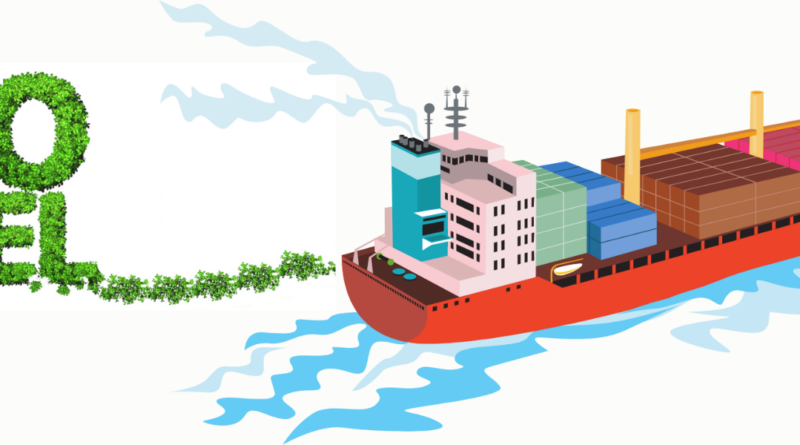IMO Environmental Committee approves marine biofuel blending to 30%
The 83rd session of the International Maritime Organization (IMO) Marine Environment Protection Committee (MEPC 83) has approved the use of marine biofuel blends of up to 30% by volume in conventional bunker ships.
Held in the UK between 7-11 April, the committee meeting approved the “Interim Guidance on the Carriage of Blends of Biofuels and MARPOL Annex I Cargoes by Conventional Bunker Ships.”
The guidelines allow conventional bunker ships to transport and use fuel blends comprising no more than 30% by volume of biofuels, up from 25%.

According to Lloyd’s Register, most currently used marine biofuels fall in the 20-30% range.
For the purposes of the approval, biofuels were defined as “fuel oil which is derived from biomass and hence includes, but is not limited to, processed used cooking oils (UCO), fatty acid methyl esters (FAME) or fatty acid ethyl esters (FAEE), straight vegetable oils (SVO), hydrotreated vegetable oils (HVO), glycerol, or other biomass-to-liquid (BTL) type products”.
A “conventional bunker ship” was defined as “an oil tanker defined in regulation 1.5 of MARPOL Annex I that is engaged in the transport and delivery of fuel oil for use by ships”.
The guidelines further state that, between shipments, all residues or tank washings must be “discharged ashore unless the onboard discharge monitoring equipment (ODME) is approved/certified for the biofuel blends being shipped”.
Additionally, MEPC 83 approved a guidance stating that biofuels blends of up to 30% do not require additional nitrogen oxide (NOx) emissions testing and can be treated the same as conventional petroleum fuels.
Marine biofuel blends above 30% may only be transported in IMO type 2 tankers, Ship & Bunker wrote on 15 April, and these new interpretations of marine biofuel usage were not binding.
This article has been republished from The Oil & Fats International.

